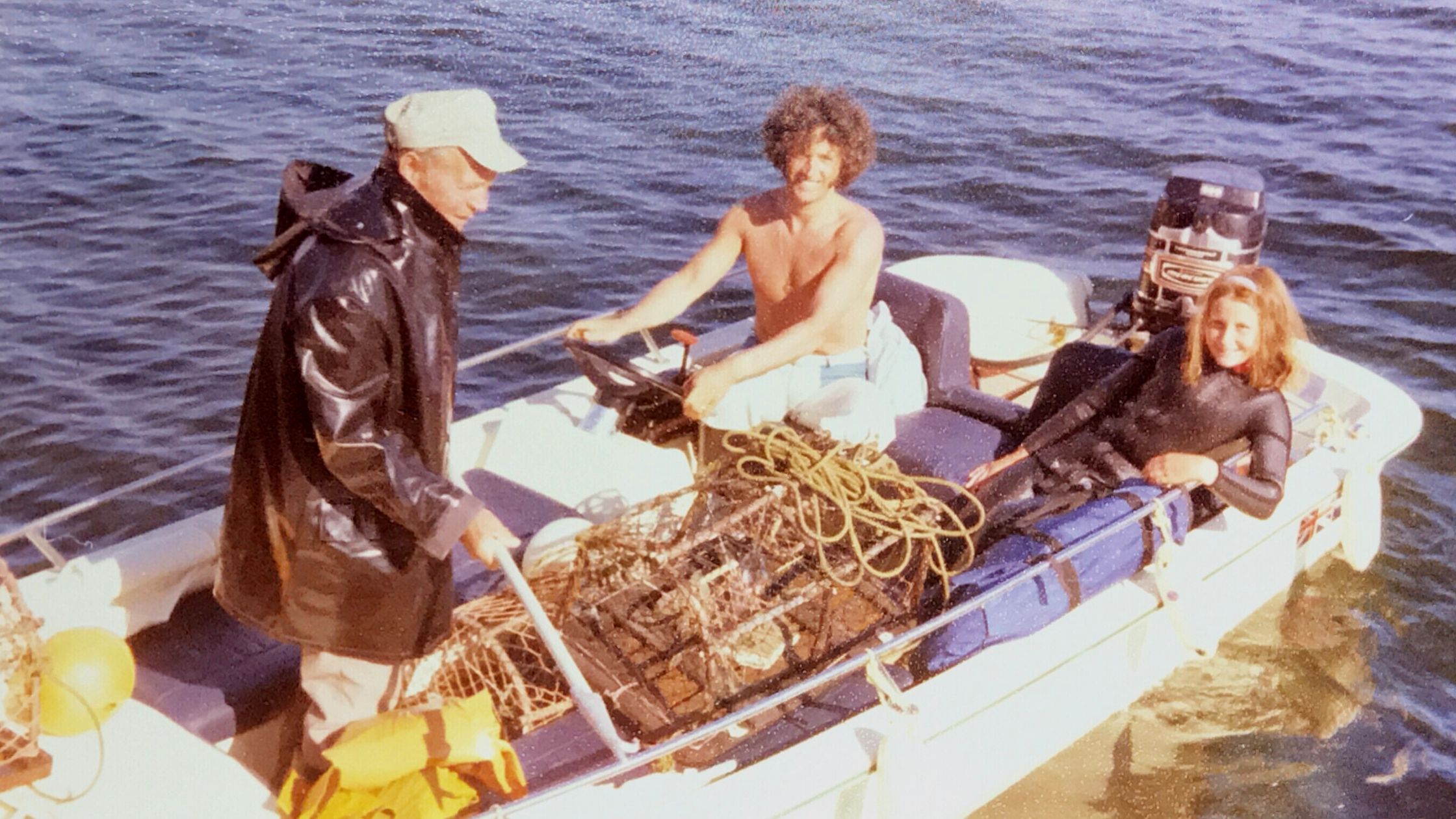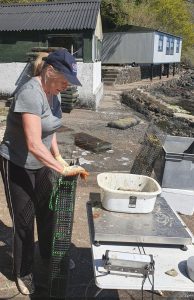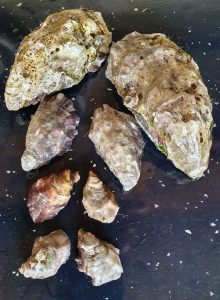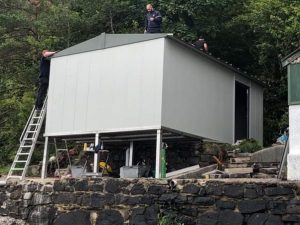Marine
Food and Drink Fortnight – Spotlight on Tobermory Oysters
September 8, 2020 by Marine Directorate Communications 3 Comments | Category Aquaculture
For Food and Drink Fortnight Marine Scotland is putting the spotlight on the seafood sector and how people have adapted their ways of working in light of the coronavirus (COVID-19) pandemic.
In the third part of this series we hear from Shauna Munro who during the pandemic, along with her husband Graeme, has been working to re-establish the shellfish business which her late father David Flockhart set up in the 1970s. Tobermory Oysters received 50% of the £25,000 (£12,500) cost from the European Maritime and Fisheries Fund earlier this year which will helped to support the installation of bivalve purification equipment. She said:
My husband Graeme and I inherited the oyster farm from my father when he passed away 11 years ago. It was his big passion, even when he was very unwell in hospital he was still talking me through various tasks over the phone such as how to feed the algae to the young oysters.
He started his business in 1978 at the present site which was originally bathing pools owned by Tobermory Council. He was also able to purchase the foreshore which is a real asset when growing oysters. Even today you can still see the remains of the diving board and where the changing huts once stood.
The site received very little attention for six years as both my husband and I had full time jobs and little spare time. We were also busy playing at events with our ceilidh band. Around 2014 we began to redevelop the business whilst working full time. Graeme worked in the prison service where his shifts allowed him every 4th week off, this was invaluable. We started from scratch, building a new cabin to sleep in for workers on site. Every Spring for the past five years we have been putting around 150,000 young oysters in the sea which are then ready to harvest three to four years later. Some grow quicker than others which is why they need hand graded at around six month intervals.
The first oysters are now at marketable size, and help with 50% of funding from the EMFF means we can build the bivalve purification system which will finally complete this phase of our project. If all goes to plan we will be up and running by the end of October. Then, when issued with the correct certification, we should be ready to sell our first oysters.
It is very important to us that all methods/equipment used are as environmentally friendly as possible. Every process is completed by hand and any old/surplus equipment for example, old loops and bags, have been ground down and recycled to make the loops we currently use in our oyster bags.
The hardest thing throughout COVID-19 has been the loss of our incomes, we both gave up our full time jobs to pursue the oyster farm and have been funding this with income from Clappydoo Ceilidh Band but because of the pandemic, all our gigs have been cancelled and we have had to use all of our savings. Thankfully we were issued with critical worker certificates which allowed us to continue working with oysters during the pandemic. If it wasn’t for the EMFF grant we wouldn’t be able to finish our project. The build has also been a challenge, mainly due to no road access therefore everything has had to be taken to the site by foot or by boat.
My dad has really been our motivation. He had almost reached the stage we’re at now, but he didn’t have the bivalve purification facilities. Knowing that this is something that he wanted to complete has spurred Graeme and I on. I think he would be very proud of our achievements.
Tags: EMFF, European and Maritime Fisheries Fund, Food and Drink Fortnight, oysters, Tobermory






Great work. Well done. Best wishes for the future
Nunkie Troon
Well done to both of you I’m sure your late dad would be so proud good luck hope everything goes well Meta and Alister x
Well done U2 hard graft pays off in the end Dad would be so proud of you